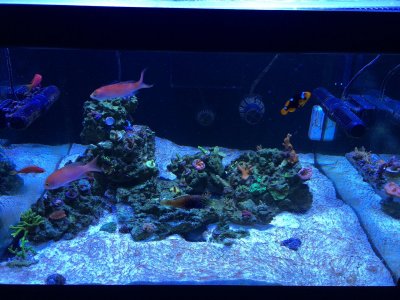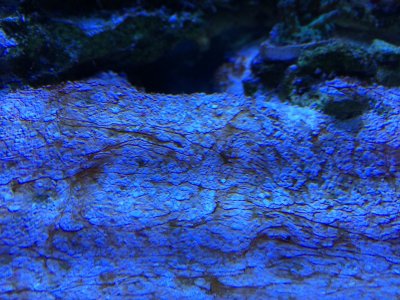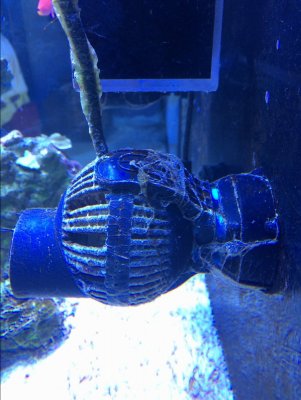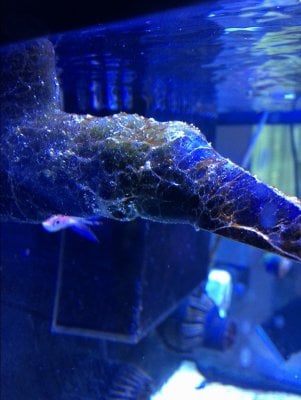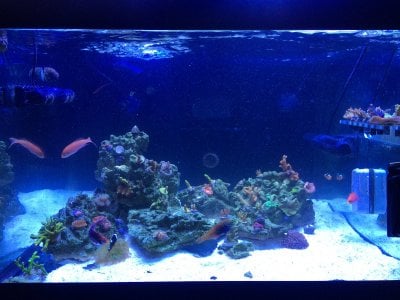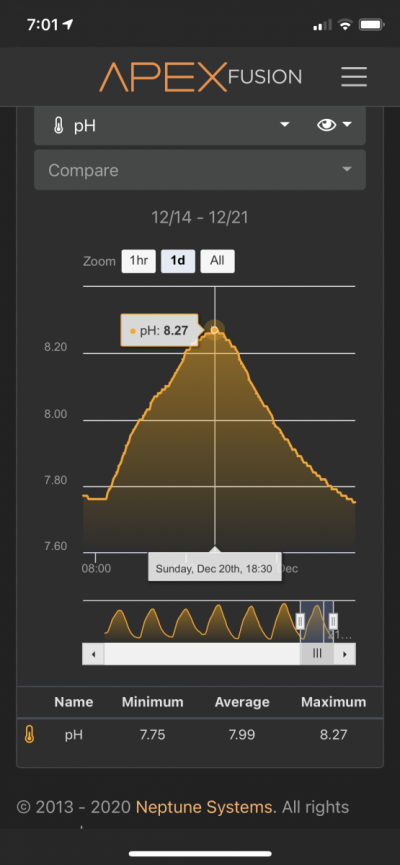- Joined
- Apr 4, 2020
- Messages
- 491
- Reaction score
- 283
Thanks Scott and Taricha. Yesterday I redid my plumbing and moved my UV to display temporarily. Aqua UV 25 watt for 65 gal display, 80 gal total using Sicce Synchra 1.5 (357 gph max). Is this enough? Still dosing Microbacter7 in the morning.





